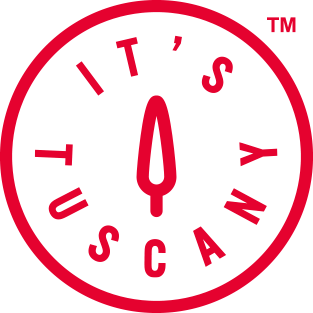"Nella Piazza del Campo ci nasce la Verbena, viva la nostra Siena, la più bella delle città" says a serenade. Siena is all fair and possesses an immense heritage of art preserved in churches, oratories, palaces. The Contrade are the caskets that preserve the many beauties of the territory.
We discover together a few of the many peculiarities is often not known about Contrade: What are their symbols, colors and nicknames.
How are born names of the Contrade?
The Contrada is a symbol that identifies one of the seventeen flags and takes its name from the animal represented.
What are the animals-symbol of the Contrade?
More peoples together took the habit in the 15th century to present themselves to the public performances under the name of an animal, which became the emblem:
Aquila, Bruco, Chiocciola, Civetta, Dolfino (Onda), Drago, Elefante or Lionfante (Torre), Giraffa, Istrice, Unicorno or Liocorno (Leocorno), Lupa, Nicchio, Oca, Pantera, Selva (Rinoceronte), Tartuca, Valdimontone or Montone.
In addition to these there were six other: Gallo, Leone, Orso Quercia, Spadaforte and Vipera, but after sporadic appearances in Piazza del Campo, disappeared.
Contrada members often use of affectionate nicknames to call your own, here are a few: Aquilone (Aquila), Pèoro (Valdimontone), Le'o (Leocorno), Ondina (Onda)...
Why there is a written in the flags?
Together with the animal each of the 17 contrade has in its heraldic motto, teaches that explains and reinforces the meaning, such as in the case of the Contrada dell'onda "Il colore del cielo, la forza del mare" (means "the color of the sky, the power of the sea") or the Contrada dell'istrice "Sol per difesa io pungo” (means "Sol for Defense I sting").
Why each Contrada belongs to a territory?
The term Contrada was multifunctional and amounted to "area" or "way". Each Contrada is identified in a specific territory listed inside the walls of Siena. The territories are 17, are equivalent to the Contrade and the borders were established in 1729 with an edict signed by Princess Violante Beatrice of Baviera. The subdivision of Siena is in three parts such third parties or "Terzi": Terzo di Città, Terzo di San Martino, Terzo di Camollia.
Established over the centuries its autonomy Contrade have enriched their respective territories with stunning venues where takes place life in the Contrade.
Why each Contrada has assigned a number?
Popular symbolism of animals-symbol is complemented by the numbers associated with each specific Contrada: Aquila 60, Bruco 45, Chiocciola 8, Civetta 28, Drago 50, Giraffa 19, Istrice 5, Leocorno 22, Lupa 72, Nicchio 51, Oca 9, Onda 16, Pantera 68, Selva 76, Tartuca 13, Torre 3, Valdimontone 90.
What are the colors of the Contrade?
The 17 Contrade of the Palio di Siena are distinguished not only by history and tradition, but also by colors:
- Aquila: yellow gold with turquoise and black lists;
- Bruco: yellow and green with turquoise lists;
- Chiocciola: yellow and red with turquoise lists;
- Civetta: red and black with white lists;
- Drago: pink and green with yellow lists;
- Giraffa: white and Red;
- Istrice: white background with red, black and blue arabesques;
- Leocorno: white and orange edged azure;
- Lupa: black and white striped orange;
- Nicchio: blue with red and yellow lists;
- Oca: white and green with red lists;
- Onda: white and light blue;
- Pantera: red and blue with white lists;
- Selva: green and orange with white lists;
- Tartuca: yellow and blue;
- Torre: red with blue and white lists;
- Valdimontone: white, red and yellow.










 Map
Map